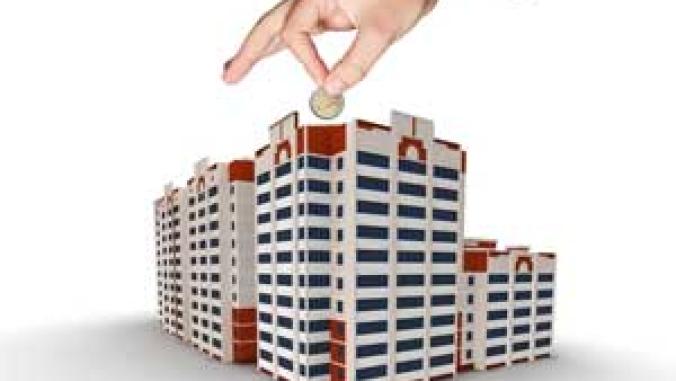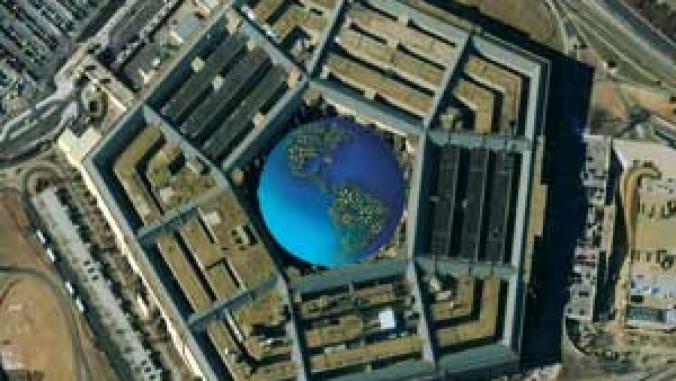Tapping into the Value of Being Virtually Green
Certain principles can be broadly applied across industries. Take the principle of load diversity and full capacity utilization. This principle is used to great effect in the power sector, data centers -- and in some instances, buildings.

It's very interesting to me how certain principles can be
broadly applied across industries. Take the principle of load diversity
and full capacity utilization. This principle is used to great effect
in the power sector, data centers and in some instances, buildings.
In the power sector, electricity load-shifting was introduced in the late '70s and has enjoyed reasonable popularity ever since, particularly when a utility's generating reserve margin was low. Load-shifting means providing incentives for running certain equipment off-peak instead of on-peak. Perhaps the best-known example is the use of ice storage for off-peak cooling. Some engineers hate ice storage because it is "less efficient" than stand-alone chillers. In the small picture, this is correct. An ice storage system will use 7 percent to 8 percent more kWh than a chiller-only system yet, overall, using ice reduces CO2 emissions and fuel use, not to mention save tons of money.
According to the California Energy Commission, during the summer daytime peak, the electric power system is up to 15 percent less efficient mechanically (peaker plants vs. baseload plants) and thermodynamically (cooling towers and transmission and distribution are less efficient because of high temperatures). In terms of emissions, the on-peak system emits 40 percent more CO2 per megawatt-hour than off-peak. Thus, in spite of consuming more kWh, ice storage is a strong environmental and economic strategy.
Time-of-use rates and high capacity charges (based on a building's peak KW usage) reflect the inefficiency of generation and the amount of capital equipment -- generation, transmission and distribution -- needed at the peak. The emerging smart meter revolution is gaining steam precisely because off-peak energy costs half to a quarter of on-peak energy.
In data centers, so-called "virtualization" uses software to move computing needs to another data center with lower capacity utilization when peak capacity is being approached. Some case studies from Microsoft show that virtualization can lower capital expenditure for computing needs by up to 80 percent. Obviously if you have 80 percent fewer idle servers, you will use a lot less direct energy from those machines, plus all of the fans, chillers, pumps, etc. needed to keep them cool.
As the newly LEED-certified Digital Realty Trust project in Santa Clara, Calif., shows, virtualization is just the beginning. Higher temperature set-points (most server manufacturers say their machines do just fine at 80 degrees to 85 degrees), the incorporation of "free" cooling from the economizer cycle and smarter air delivery strategies can reduce data center energy needs another 50 percent.
All we need now to complete this picture are servers that operate vertically instead of horizontally and we might be able to squeeze another 10 percent to 15 percent savings out of this system by largely eliminating the need for internal server fans and allowing the heat to rise mostly by itself.
In office buildings in particular, "hoteling" or "hot-desking" is how load diversity might be able to be applied to improve property utilization. Essentially, hoteling and hot-desking assign people to generic work spaces as they are needed, rather than having spaces permanently assigned. Haworth Furniture has some cool accessories for this type of office where personal goodies are stored in wheeled file/storage carts that can be wheeled wherever the person is sitting. IBM found floor space savings of up to 25 percent from using a hoteling strategy, though more work needs to be done on the productivity impacts.
Rob Watson is executive editor of GreenerBuildings.com. You can reach Rob at [email protected].
Image by svilen001.
In the power sector, electricity load-shifting was introduced in the late '70s and has enjoyed reasonable popularity ever since, particularly when a utility's generating reserve margin was low. Load-shifting means providing incentives for running certain equipment off-peak instead of on-peak. Perhaps the best-known example is the use of ice storage for off-peak cooling. Some engineers hate ice storage because it is "less efficient" than stand-alone chillers. In the small picture, this is correct. An ice storage system will use 7 percent to 8 percent more kWh than a chiller-only system yet, overall, using ice reduces CO2 emissions and fuel use, not to mention save tons of money.
According to the California Energy Commission, during the summer daytime peak, the electric power system is up to 15 percent less efficient mechanically (peaker plants vs. baseload plants) and thermodynamically (cooling towers and transmission and distribution are less efficient because of high temperatures). In terms of emissions, the on-peak system emits 40 percent more CO2 per megawatt-hour than off-peak. Thus, in spite of consuming more kWh, ice storage is a strong environmental and economic strategy.
Time-of-use rates and high capacity charges (based on a building's peak KW usage) reflect the inefficiency of generation and the amount of capital equipment -- generation, transmission and distribution -- needed at the peak. The emerging smart meter revolution is gaining steam precisely because off-peak energy costs half to a quarter of on-peak energy.
In data centers, so-called "virtualization" uses software to move computing needs to another data center with lower capacity utilization when peak capacity is being approached. Some case studies from Microsoft show that virtualization can lower capital expenditure for computing needs by up to 80 percent. Obviously if you have 80 percent fewer idle servers, you will use a lot less direct energy from those machines, plus all of the fans, chillers, pumps, etc. needed to keep them cool.
As the newly LEED-certified Digital Realty Trust project in Santa Clara, Calif., shows, virtualization is just the beginning. Higher temperature set-points (most server manufacturers say their machines do just fine at 80 degrees to 85 degrees), the incorporation of "free" cooling from the economizer cycle and smarter air delivery strategies can reduce data center energy needs another 50 percent.
All we need now to complete this picture are servers that operate vertically instead of horizontally and we might be able to squeeze another 10 percent to 15 percent savings out of this system by largely eliminating the need for internal server fans and allowing the heat to rise mostly by itself.
In office buildings in particular, "hoteling" or "hot-desking" is how load diversity might be able to be applied to improve property utilization. Essentially, hoteling and hot-desking assign people to generic work spaces as they are needed, rather than having spaces permanently assigned. Haworth Furniture has some cool accessories for this type of office where personal goodies are stored in wheeled file/storage carts that can be wheeled wherever the person is sitting. IBM found floor space savings of up to 25 percent from using a hoteling strategy, though more work needs to be done on the productivity impacts.
Rob Watson is executive editor of GreenerBuildings.com. You can reach Rob at [email protected].
Image by svilen001.





